OVERLAND TELEGRAPH STORY
JASON PORTER
Drone Photography
A two-week expedition by 4WD to capture the Overland Telegraph Stations from Adelaide to Darwin.
Starting from Adelaide, each lift lobby level takes us on a journey, ascending to arrive at the next Overland Telegraph point, finishing at the furthest point from Adelaide where an undersea cable connected Australia to Java (Indonesia) and the world.
Port Augusta - Level 3
Port Augusta was the most northern point of the South Australian telegraph system. The telegraph station opened on 30 August 1866. It became the starting point of the Southern Section of the Overland Telegraph Line when the first pole was planted east of the town on 1 October 1870. Its port, accessible by large ships, was the main supply point for stores and materials used on the Line.

Beltana - Level 4
The Line reached Beltana, 150 miles from Port Augusta, on 12 July 1871 with a temporary telegraph station in a small iron hut. On 8 December1872 a spur line to the Blinman copper mine was opened. In 1911, Beltana was the first post for the recently-ordained John Flynn: it was here that he began to develop his ideas that created the “Mantle of Safety” – the Flying Doctor Service.
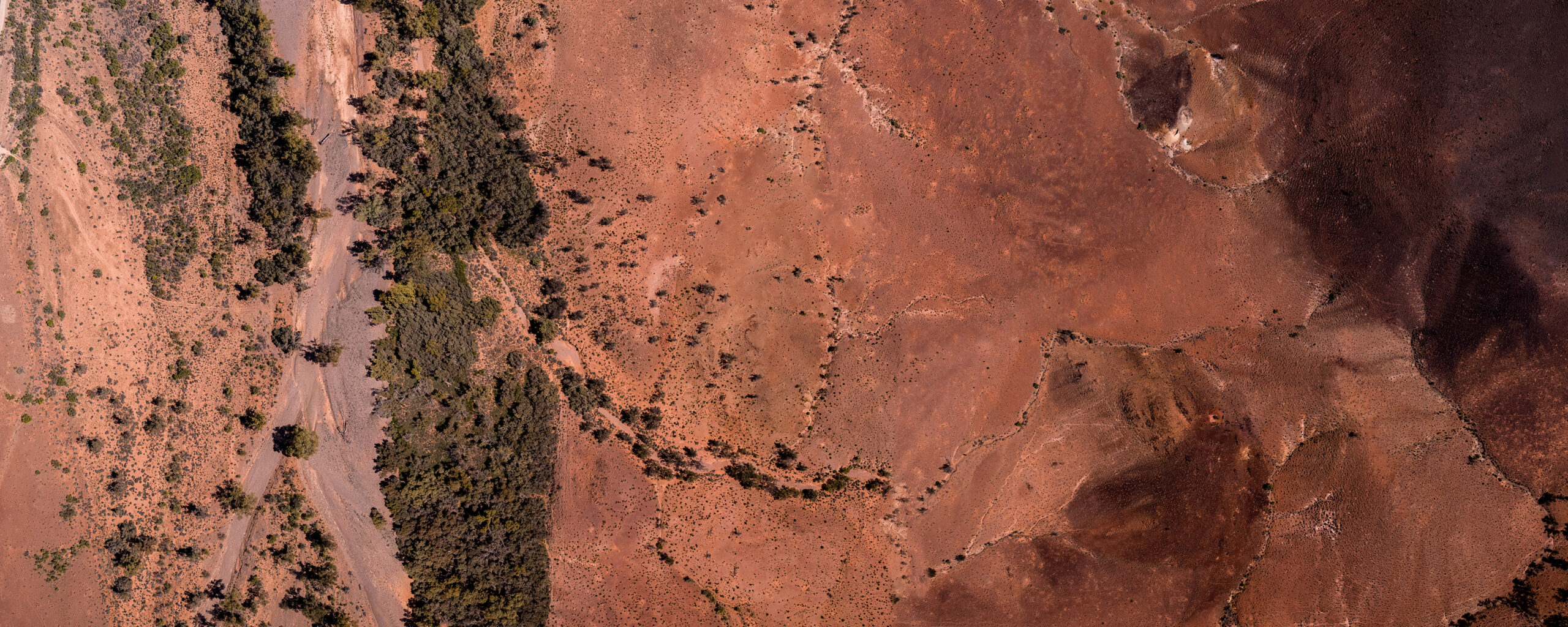
Strangways Springs - Level 5
Strangways Springs Strangways Springs is one of the many Mound Springs, an arc of springs south and west of Lake Eyre which sustained ‘First Nations’ people for thousands of years. The Overland Telegraph Line and later the Great Northern Railway (the original Ghan) followed the springs and a telegraph station, now in ruins, was established at the homestead.

Charlotte Waters - Level 6
Charlotte Waters is just north of the NT-SA border where there was a chain of permanent waterholes. Frank Gillen, stationmaster from 1875 to 1892, developed an interest in the local Arrernte Aboriginal culture, recording their language. Charlotte Waters became an important centre for anthropological research and Gillen a noted anthropologist.
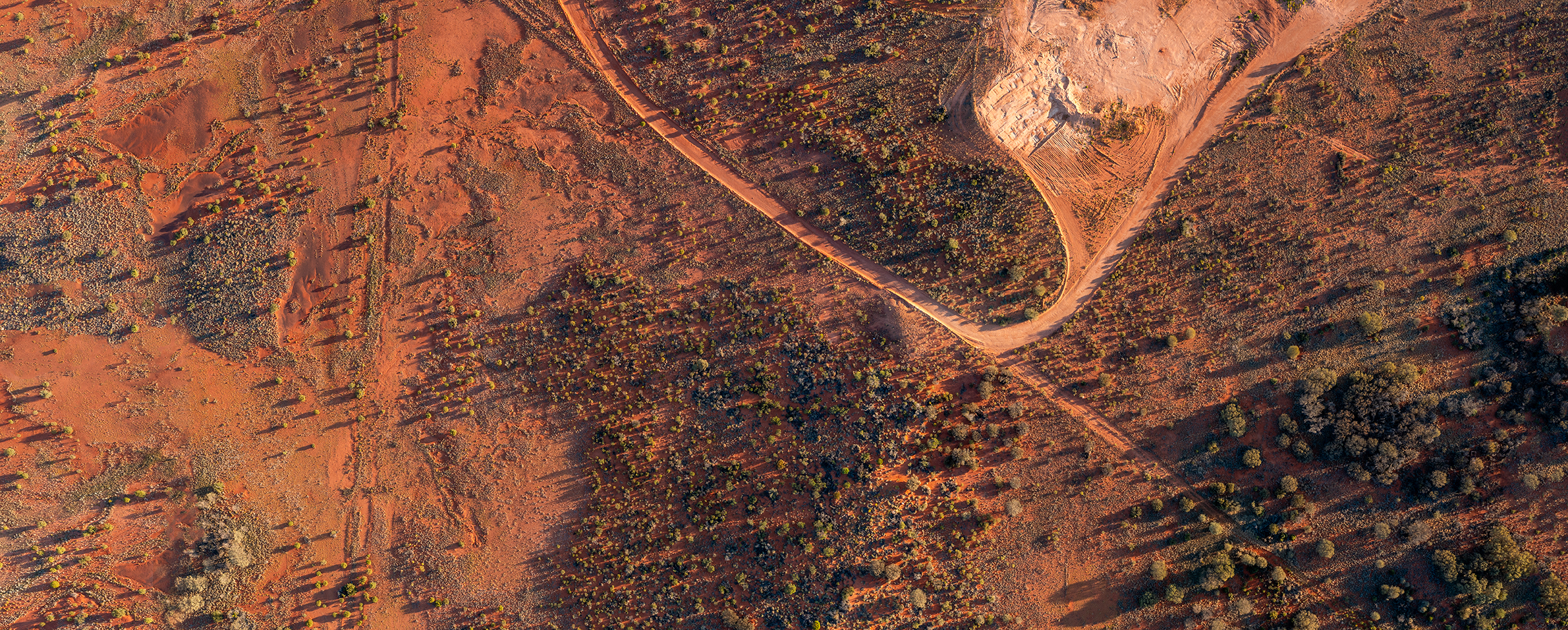
Alice Springs - Level 7
Alice Springs is the largest and best known of the Overland Telegraph stations with carefully restored buildings and historic displays. At first, just one spring was named after Charles Todd’s wife, Alice – the Alice Spring. The first message back to Adelaide was sent on 3 January 1872. The Historical Reserve is popular with visitors including those having off-train experiences from the Ghan.
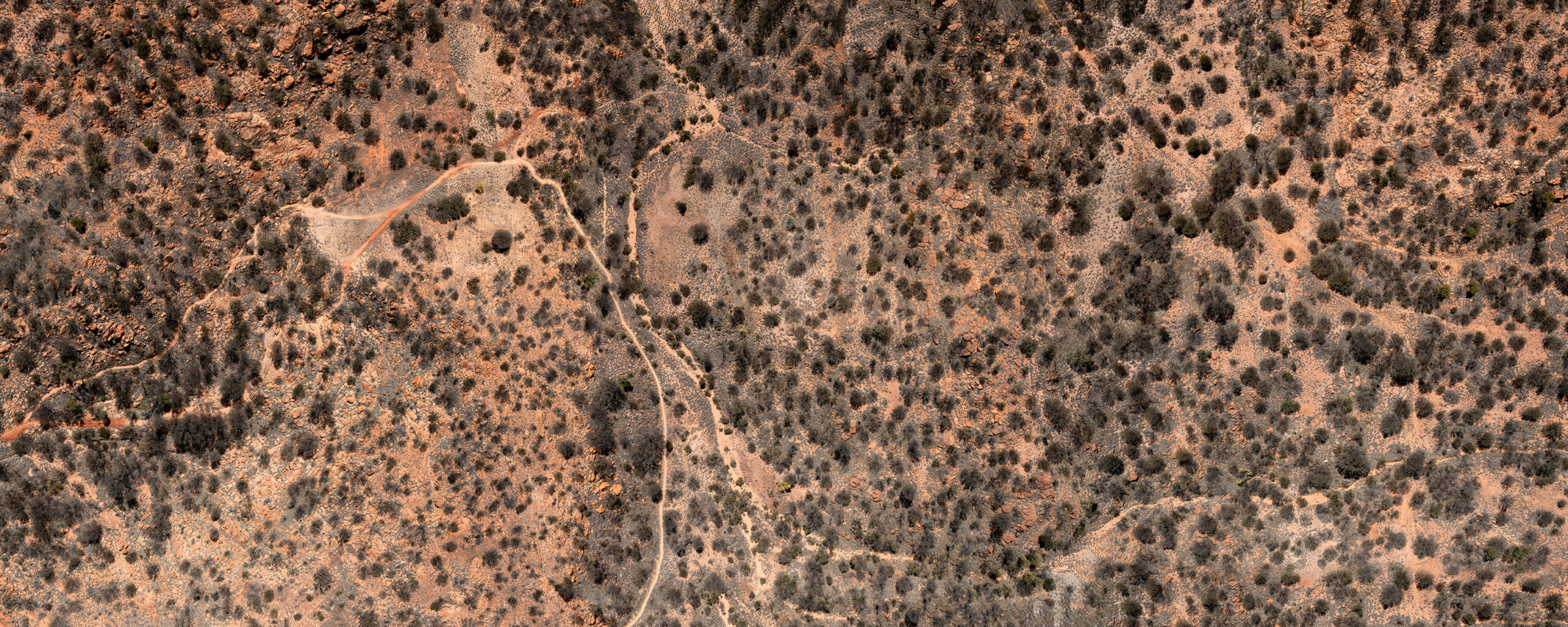
Barrow Creek - Level 8
Barrow Creek was at the northern end of the Central Section. The first message back to Adelaide was sent on 21 February 1872. The telegraph station with its substantial stone buildings and spectacular backdrop was formally opened on 15 August 1872 by Charles Todd who was on his way back to Adelaide from the Northern Territory: Todd said it was the prettiest station he had seen.
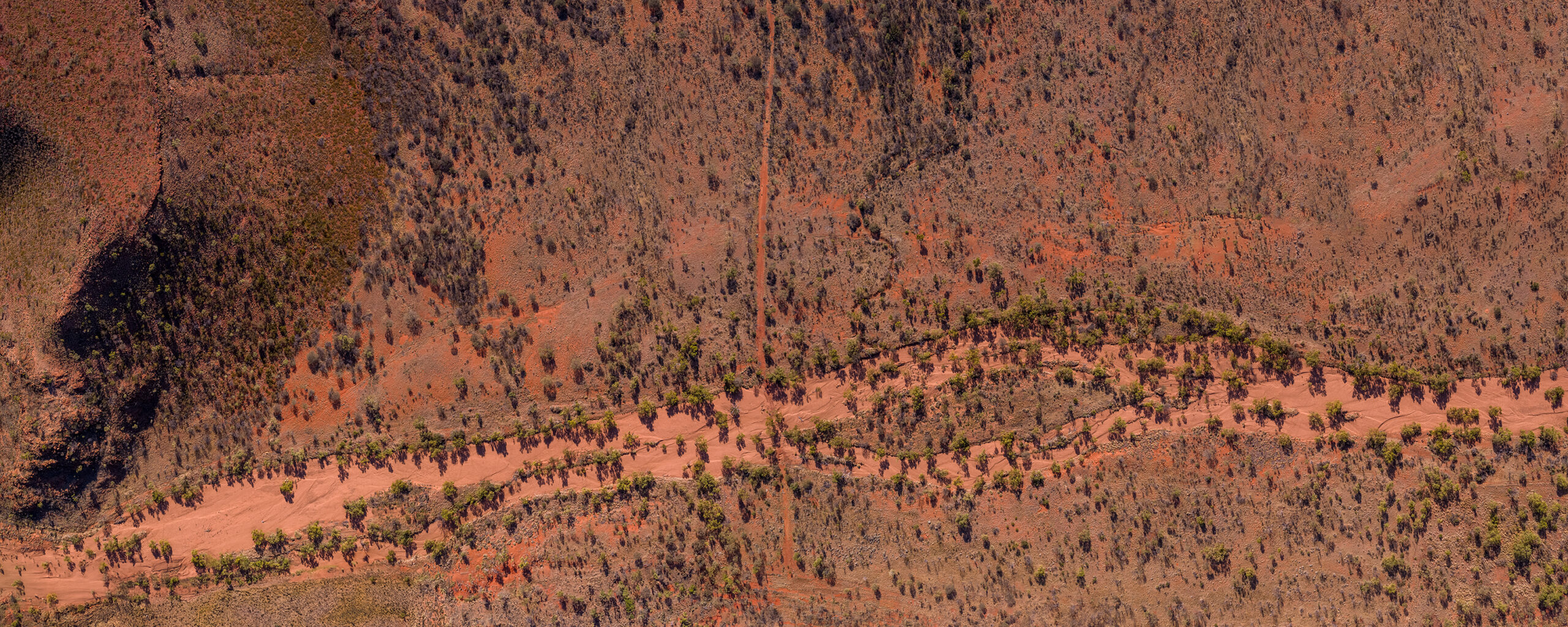
Tennant Creek - Level 9
A temporary telegraph station was built near Tennant’s Creek from local bush timber in 1872 pending a final decision about the station’s location. The more substantial stone building which still stands today in the Historical Reserve was completed a few years later. In 1927 a telegraph operator found gold at Tennant Creek which led to the establishment of Australia’s third largest gold mine.

Powell Creek - Level 10
Near here the Central parties building northward met the Northern parties building to the south. They were so far from home that it was quicker for them all to make for the north coast than back down the Line to Adelaide The delivery of building materials was delayed and the first telegraph station was a temporary hut. A more substantial stone building was erected in 1874.

Daly Waters - Level 11
The working party reached here in December 1871 but was then marooned for three months by floods. With no local stone available, a substantial log house of six rooms was built for the telegraph station. Nearby is Stuart’s Tree, said to have been marked by explorer John McDouall Stuart in 1862 on the expedition to the northern coast which paved the way for the Overland Telegraph Line.

Katherine - Level 12
The Katherine River was a major barrier to the parties building the Line when in flood and they had to build first a canoe and then a large raft to get their stock and supplies across. Tall pylons were later built to carry the Line safely across and can be seen today. The telegraph station was a large timber building roofed with galvanised iron, similar to the one at Daly Waters.

Yam Creek - Level 13
There was great excitement when gold was discovered by workers sinking holes for the Overland Telegraph Line and a number of mining companies were floated on the Stock Exchange. Although not originally planned, a substantial three-roomed telegraph station was built of cypress pine and roofed with galvanised iron: also known as The Shackle, it became the busiest on the Line.
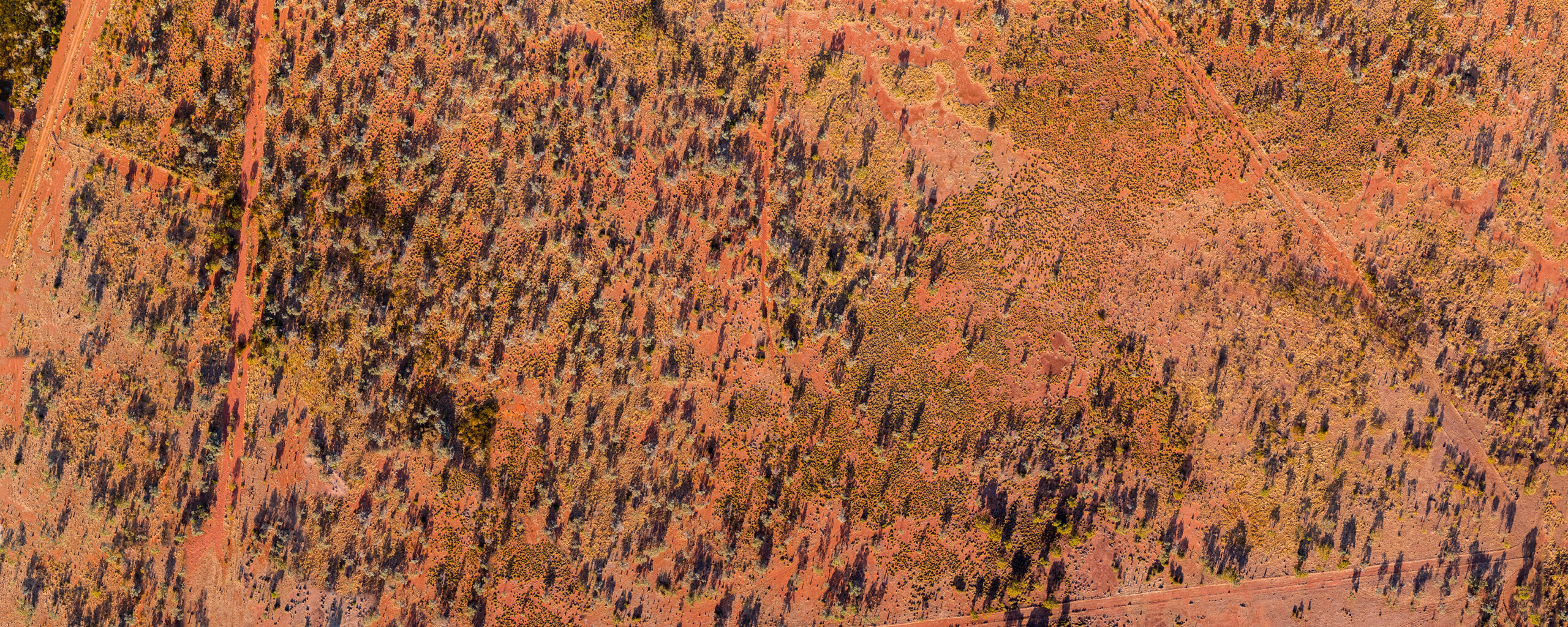
Darwin - Level 14
Port Darwin (today’s Darwin) was the northern-most point on the Overland Telegraph Line. From here, an undersea cable to Java connected Australia to the world. The tiny settlement, then called Palmerston, received the first message from overseas on 20 November 1871. Construction of the Northern Section started when the first pole was planted here on 15 September 1870.
